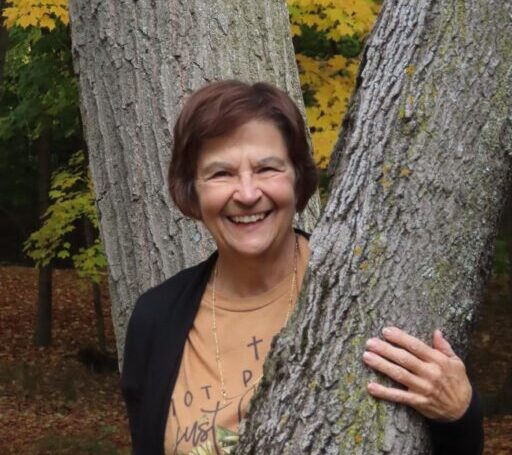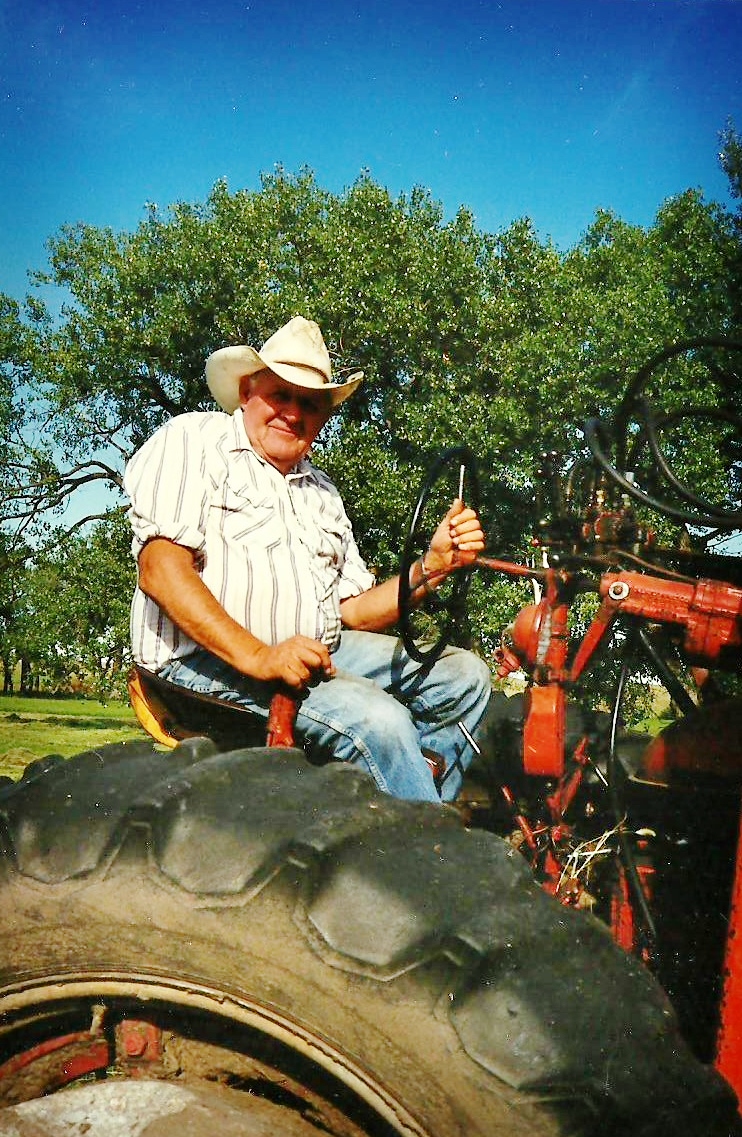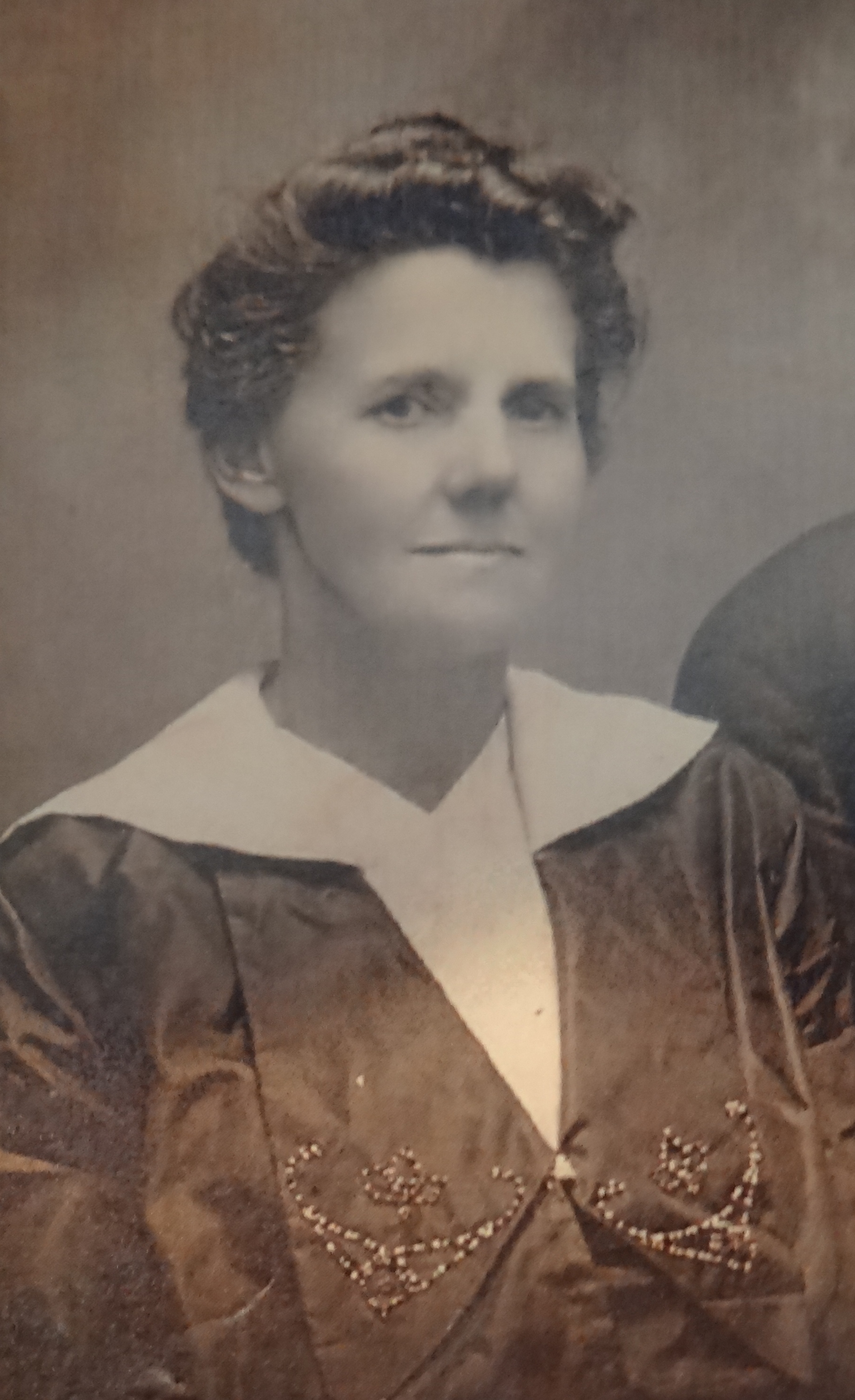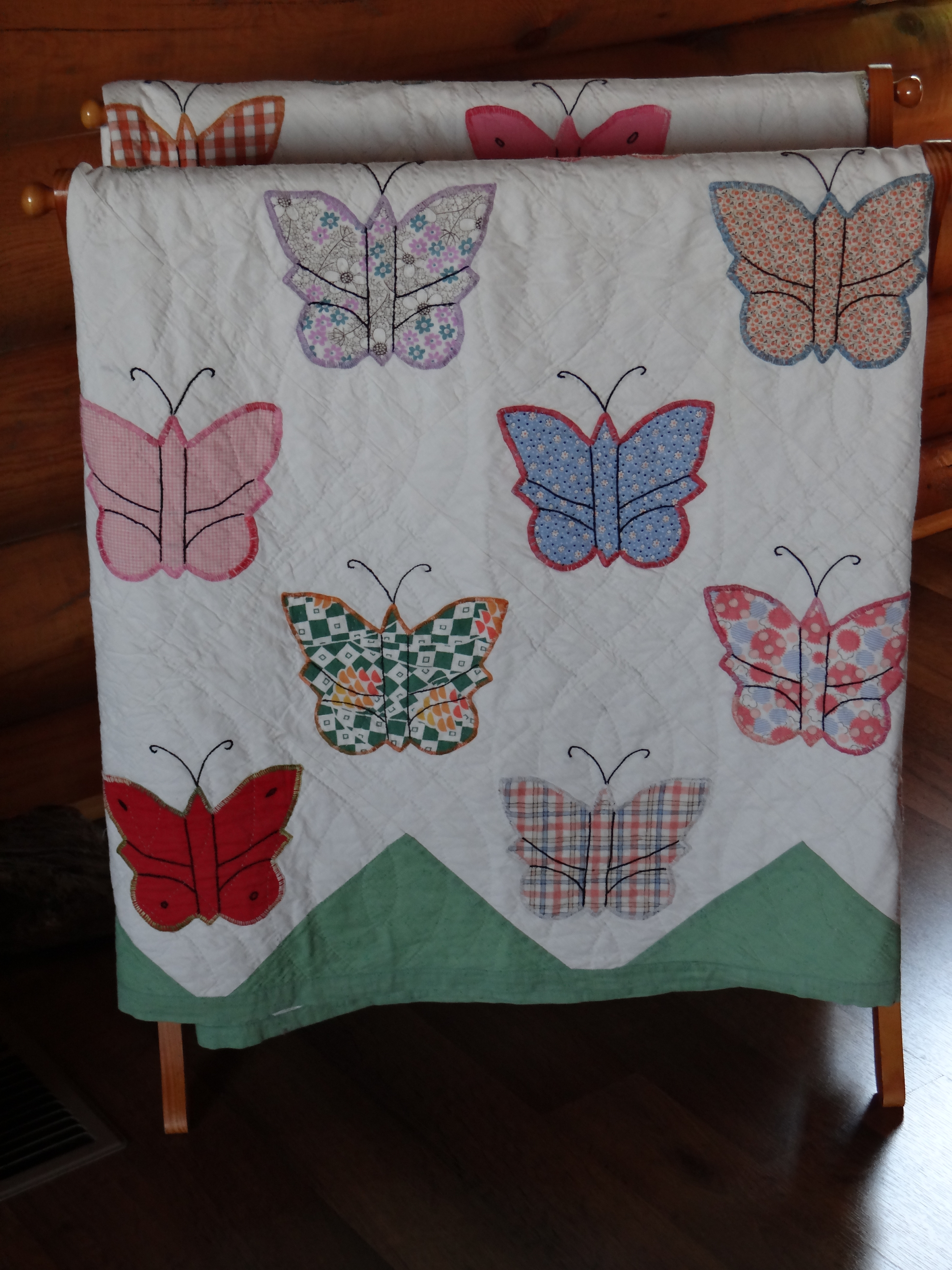A Gift Worth Remembering
As my husband and I were touring the local craft shows in search of a few Christmas presents, my mind began to think back on past Christmases. Which ones were special enough that they had stuck in my collection of memories? As I thought through them, not one of these special Christmases revolved around a gift I had received. In fact, I can barely recall any of the gifts I have gotten in years past. My fondest memories seemed to center more around the people I was with or a special activity we had done. The one Christmas that seems to dominate all my other Christmas memories, however, is one that taught me that giving, by far, trumps receiving.
It was 1987 and I could hardly wait for Christmas to get here. The tree we cut ourselves was trimmed with homemade ornaments and silver rope tinsel. The Christmas tape in the tape player was playing a mix of secular songs and carols. I sang along to each one; the boys joining in on their favorites as they built impressive vehicles with the Legos corralled between their outstretched legs. The boys – now six and eight years old – asked again how much longer it was until “Christmas.” But their longing didn’t meet mine. I was giddy with excitement of giving the boys a gift I knew they would love.
Santa liked to find our house on Christmas Eve. He was very good about picking a time between oyster stew and bedtime. Most years, my husband would herd the boys to the garage after supper. There was always some chore he could assign. This particular Christmas Eve plans were modified just a bit as my husband announced he and the boys were going for a short ride. Low and behold, Santa snuck in while they were gone.
“Mom, didn’t you see him?” the boys asked in their excitement while eyeing the new gifts under the tree.
“I must have been back in the bedrooms, putting laundry away. He’s very sneaky, you know.”
We settled in around the tree. Daniel, the oldest, read the names on the packages and Caleb passed them around to the appropriate people. We took turns opening the gifts until only one was left – the one I had told the boys had to be opened last. It was addressed to them both and it was from Santa. The boys knew from past years that Santa gave the BEST gifts.
Wrapping paper flew – one boy tossing it over his shoulder, the other wadding his portion into a ball and sending it flying into the box of already discarded paper. They each grabbed a flap of the cardboard box and pulled. Silence overcame the room as they starred at what lay inside.
“This is it?” Daniel finally asked. “A bag of dry dog food?” I could hear the edge in his voice.
Caleb was more reserved, but he too had that look of confusion. After all, we didn’t have a dog. It was evident that neither boy was amused and were very disappointed in Santa. What the boys had failed to do was lift the bag out of the box and read the note that Santa had carefully tucked under it.
“Let’s see the dog food,” their dad instructed. Caleb shrugged his shoulders and tugged at the ten pound bag, lifting it from the box. As he carried it to his dad, my eyes were on Daniel, waiting to see what might happen next. Just as I had hoped, he noticed the bright green note lying in the bottom of the box.
“Hey, this says to look in the garage for the rest of the present!”
“Wait, wait,” I called. “You boys need to put on coats and shoes.” I was hurrying to put on my own as was my husband. Neither of us wanted to miss out when the boys found the BEST part of the gift. We all trudged with eager anticipation through the snow to the detached garage.
That is where they met the puppy with the red bow around his neck and who they would later name Meatloaf. The black tail of the little coonhound looked as if it was a windshield wiper on high speed – waiting for the boys to pick him up. Two seconds later he was cradled in their arms and making his way to the house to enjoy the rest of Christmas Eve with his new family.
As Christmas closes in on me this year, I can’t help reflecting on the greatest gift ever given – the gift of Jesus Christ. It is the only gift where joy, peace, love, and hope are all packaged in the same box. Unlike most of the gifts we receive, it is the one gift that’s so special that once it’s accepted it won’t be forgotten. If you’ve not considered this gift, I hope you will this Christmas season. It’s the only gift that lasts and lasts and lasts…even into eternity. Now that’s a GIFT worth remembering!
Until next month…keep on readin’ and I’ll keep on writin’.
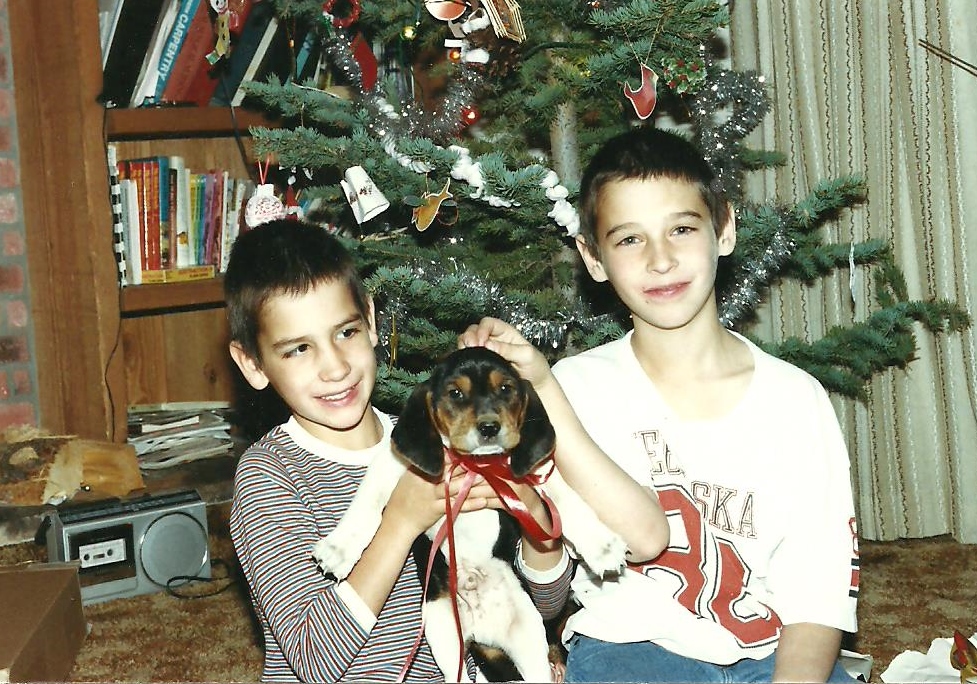
If you enjoy this style of writing, check out my book page and how to get either of my Christian Fiction books.
